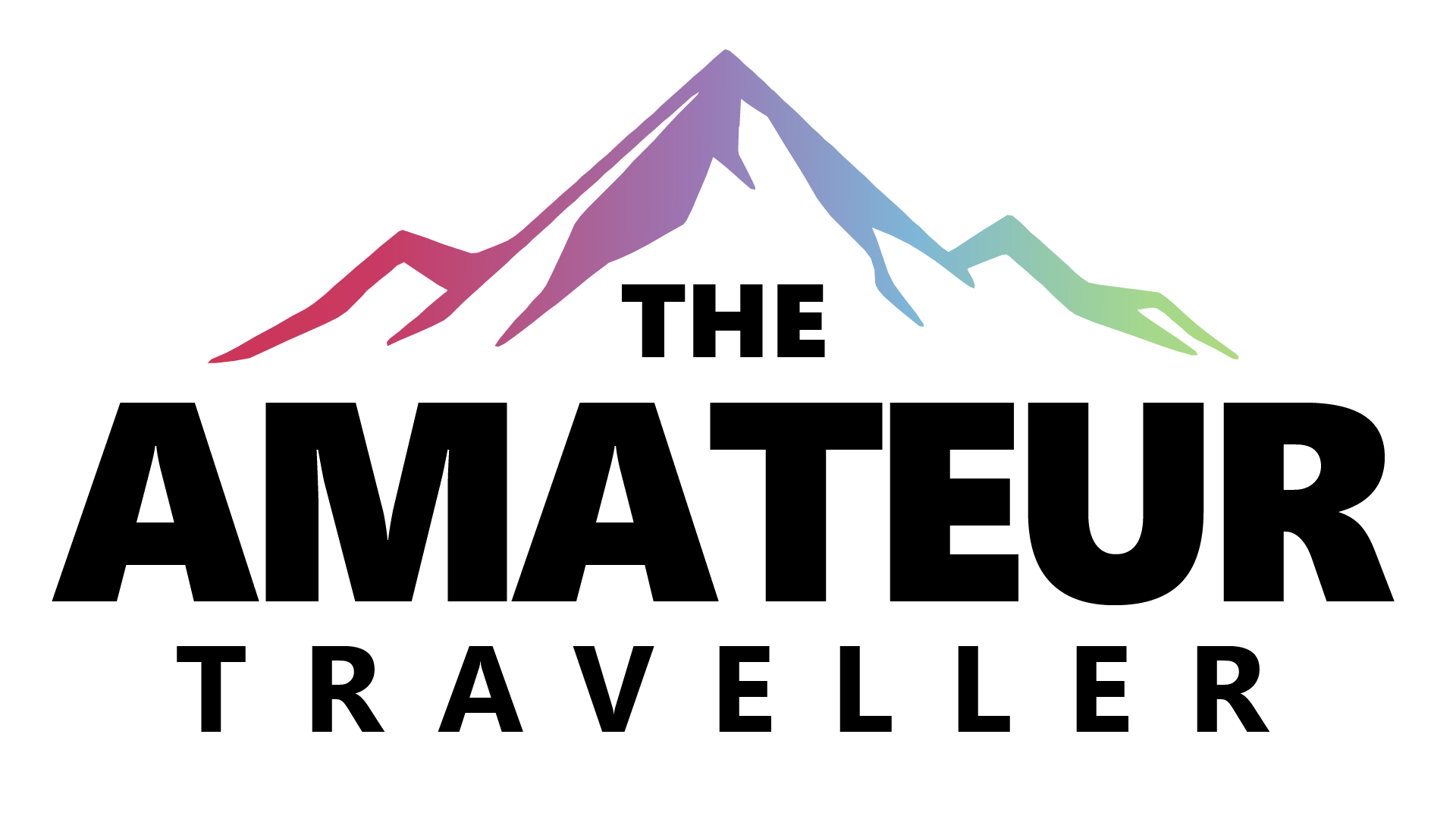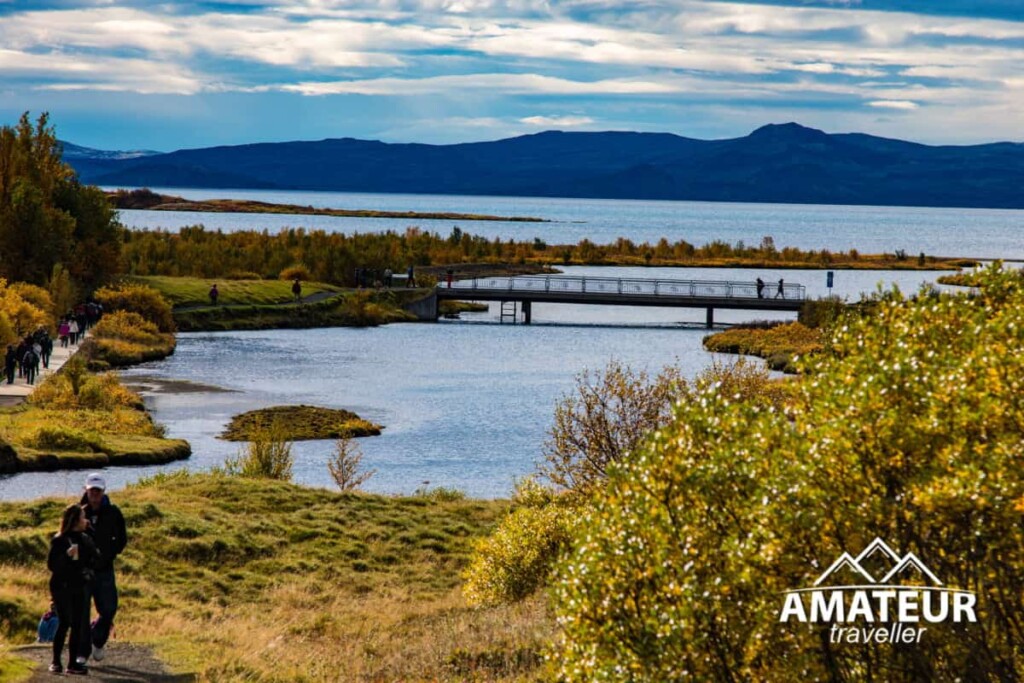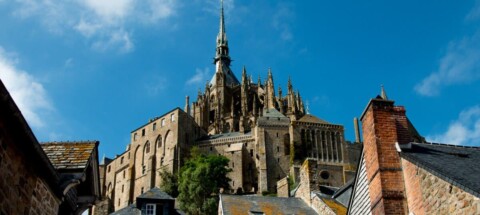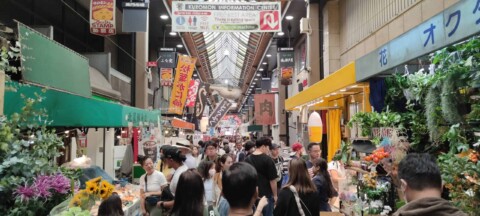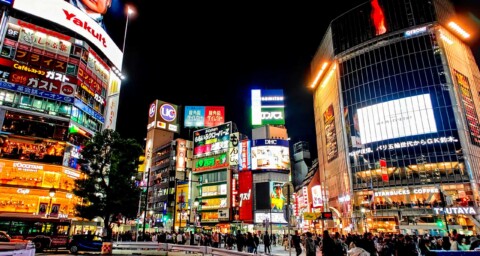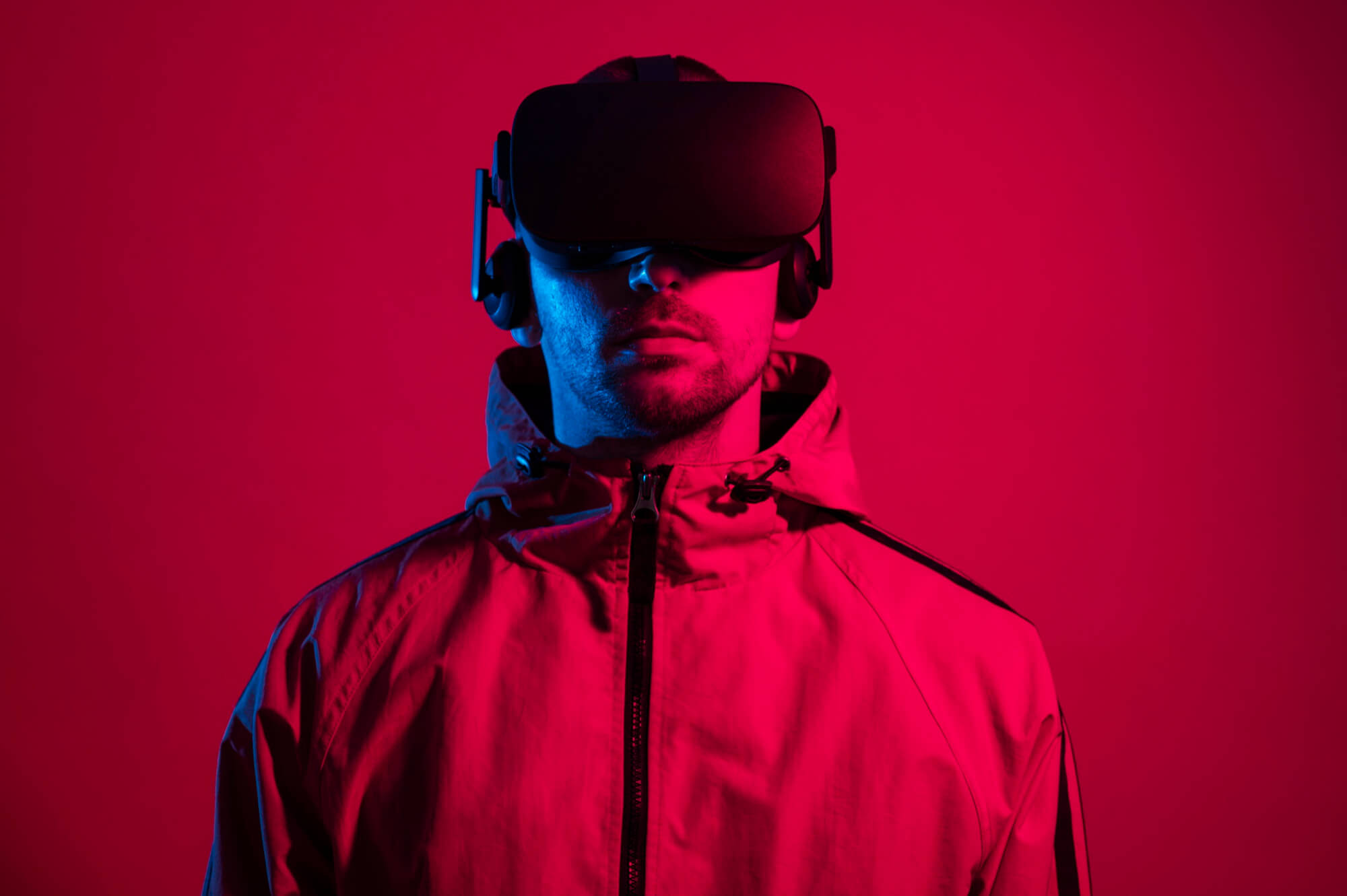Iceland’s Golden Circle is a legendary route that captures the raw, untamed beauty of this Nordic island in a single journey. From erupting geysers to tectonic rifts and thunderous waterfalls, the 190-mile loop is a showcase of Iceland’s geological drama. But to truly savor its magic, you’ll need more than a day—and a car is non-negotiable. Having recently explored the Golden Circle myself, I’m here to share why splitting this adventure into two days is the key to unlocking its full potential, along with tips to dodge speeding fines, embrace spontaneity, and stay dry under Iceland’s moody skies.
Why You Need a Car (and Patience)
Let’s get this out of the way: the Golden Circle is not a public transport-friendly route. While tour buses frequent the main stops, they operate on rigid schedules that leave little room for detours or quiet contemplation. Renting a car grants freedom—to chase hidden waterfalls, linger at geothermal pools, or pull over when a rainbow arcs over a lava field. Just remember: Iceland’s speed limits are strictly enforced. On paved roads, you’ll typically cruise at 90 km/h, while gravel roads demand a slower 80 km/h. Cameras are common, and speeding fines can cost hundreds of dollars, so channel your inner zen driver and enjoy the ride. Trust me, you’ll want to go slow anyway—the landscapes demand it.
Two Days, Double the Magic
Most travelers cram the Golden Circle into a single day, but this leaves little time for deeper exploration. By splitting the trip into two days, you’ll avoid burnout and uncover hidden gems. I based myself at the Stracta Hotel in Hella, a cozy, no-fuss retreat with geothermal hot tubs—perfect for soaking sore muscles after hiking. Its central location between the Golden Circle and South Coast also makes it ideal for day two’s waterfall-heavy itinerary. The hotel’s rustic charm and proximity to quiet countryside roads set the tone for a trip that’s equal parts adventure and relaxation.
Day 1: The Classic Golden Circle Highlights
Kick off your journey early, heading northeast from Reykjavik toward the three iconic stops. First, Þingvellir National Park offers a chance to walk between continents, where the North American and Eurasian tectonic plates inch apart. The park is steeped in history too—it’s where Iceland’s first parliament convened in 930 AD. Don’t miss the serene Öxarárfoss waterfall, tucked into the rift valley like a hidden treasure. Its gentle cascade contrasts with the park’s dramatic cliffs, creating a moment of calm amid the geological grandeur.
Next, the Geysir Geothermal Area invites you to witness nature’s fireworks. Strokkur, the lively geyser, erupts every 5–10 minutes, shooting boiling water 100 feet skyward. The sulfuric steam and bubbling mud pools feel otherworldly—like stepping onto another planet. Wander the boardwalks and let the primal energy of the earth remind you of Iceland’s volcanic heartbeat.
Finally, Gullfoss Waterfall—nicknamed “Golden Falls”—is the Circle’s crowning glory. This two-tiered beast on the Hvítá River roars with a fury that echoes across the canyon. On sunny days, rainbows dance in its mist, but brace yourself—the spray is relentless. Standing at the edge, you’ll feel humbled by the raw power of water carving its path through ancient rock.
After Gullfoss, consider a detour to Faxi Waterfall, a lesser-known cascade with a tranquil vibe. Its wide, stepped falls are perfect for a quiet picnic or a moment of reflection before winding down. End your day with the hour-long drive to Hella, where Stracta Hotel’s warm beds and steamy hot tubs await, offering a cozy refuge under Iceland’s endless summer twilight or winter auroras.
Day 2: Waterfalls, Hidden Gems, and Getting Gloriously Lost
Day two is all about waterfalls—my personal obsession. Head southeast from Hella toward Iceland’s South Coast, where the Golden Circle’s magic spills into even wilder terrain.
First on the list is Seljalandsfoss, a 200-foot curtain of water you can walk behind for a surreal perspective. The path loops around the falls, offering glimpses of the surrounding farmland through the shimmering veil of water. Just be prepared to get soaked—waterproof gear is mandatory here. A short five-minute walk from Seljalandsfoss leads to Gljúfrabúi, a hidden gem tucked inside a mossy canyon. Wade through a shallow stream to reach its fern-framed cascade, where sunlight filters through the narrow opening above, casting an ethereal glow on the rocks.
No waterfall journey is complete without Skógafoss, my favorite stop. This broad, roaring giant is a force of nature, throwing up a perpetual mist that drenches anyone brave enough to approach its base. Climb the 500-step staircase beside it for a panoramic view of the coast, where the river meets the sea in a haze of spray and sunlight. On clear days, the rainbow arching over Skógafoss feels like a reward for enduring the drizzle—a fleeting reminder of Iceland’s ability to balance fury with beauty.
Beyond the famous falls, keep your eyes peeled for unnamed cascades along Route 1. I stumbled upon a tiny waterfall near Hvolsvöllur, where wild sheep grazed nearby and the only sound was the rush of water over moss-covered stones. These unplanned finds—quiet, unmarked, and utterly magical—are the soul of a Golden Circle road trip.
If time allows, venture farther east to Reynisfjara Black Sand Beach, where basalt columns rise like organ pipes and waves crash against the shore with a thunderous roar. Or head west of Hella to Þjórsárdalur Valley, home to Hjálparfoss, a photogenic waterfall where two rivers meet in a rocky embrace. Each detour reveals a new layer of Iceland’s untamed landscape.
The Allure of Vik: A Detour into Dramatic Coastal Beauty
While the Golden Circle’s official route doesn’t stretch to Iceland’s southernmost village, Vik is well worth the extra miles. Located about 30 minutes beyond Skógafoss, this tiny hamlet is framed by some of the country’s most staggering scenery. The drive alone is a feast for the eyes: rolling green hills give way to jagged cliffs and vast black sand beaches. Vik itself sits in the shadow of Reynisfjall Mountain, with the iconic Reynisfjara Beach just a stone’s throw away. Here, the Atlantic Ocean hurls itself against the shore, sculpting basalt columns into geometric masterpieces and chiseling sea stacks like the legendary Reynisdrangar from ancient lava.
Wander the windswept beach, but keep a safe distance from the waves—their sneaker tides are infamous. Back in Vik, the red-roofed church perched on a hill offers panoramic views of the village’s wild surroundings, where puffins nest in summer and storms paint the sky in winter. It’s a place where nature’s drama feels almost theatrical, and even a short stop here etches itself into memory.
Practical Tips for a Smooth Journey
A sturdy raincoat is your best friend here. Iceland’s winds laugh at umbrellas, and waterfalls like Seljalandsfoss or Skógafoss will leave you drenched without proper gear. Opt for a waterproof jacket with a hood, and pair it with quick-dry pants—trust me, you’ll thank yourself later.
Respect the road. Iceland’s highways mix paved stretches with gravel sections that demand cautious driving. Sudden weather changes can reduce visibility, and sheep often wander onto roads without warning. Download offline maps beforehand—GPS signals vanish quickly in remote areas—and keep an eye out for speed limit signs. Fines for speeding are notoriously steep, and cameras are strategically placed to catch lead-footed drivers.
Finally, embrace the joy of getting lost. Some of my favorite moments came from wrong turns. A missed exit led me to a family-run farm selling rich lamb soup, a welcome pitstop on a chilly afternoon. Another “scenic route” detour revealed a hillside blanketed in neon-green moss, glowing under a patch of sunlight. Iceland rewards curiosity, so let the road surprise you.
Final Thoughts
The Golden Circle isn’t just a checklist—it’s an invitation to slow down and let Iceland’s raw beauty sink in. By stretching the journey over two days, you’ll trade rush for reverence, swapping crowded parking lots for quiet moments at lesser-known falls. Stay at Stracta Hotel, pack your raincoat, and let the road surprise you. After all, in a land where fire and ice collide, the best adventures are often the ones you don’t plan.
